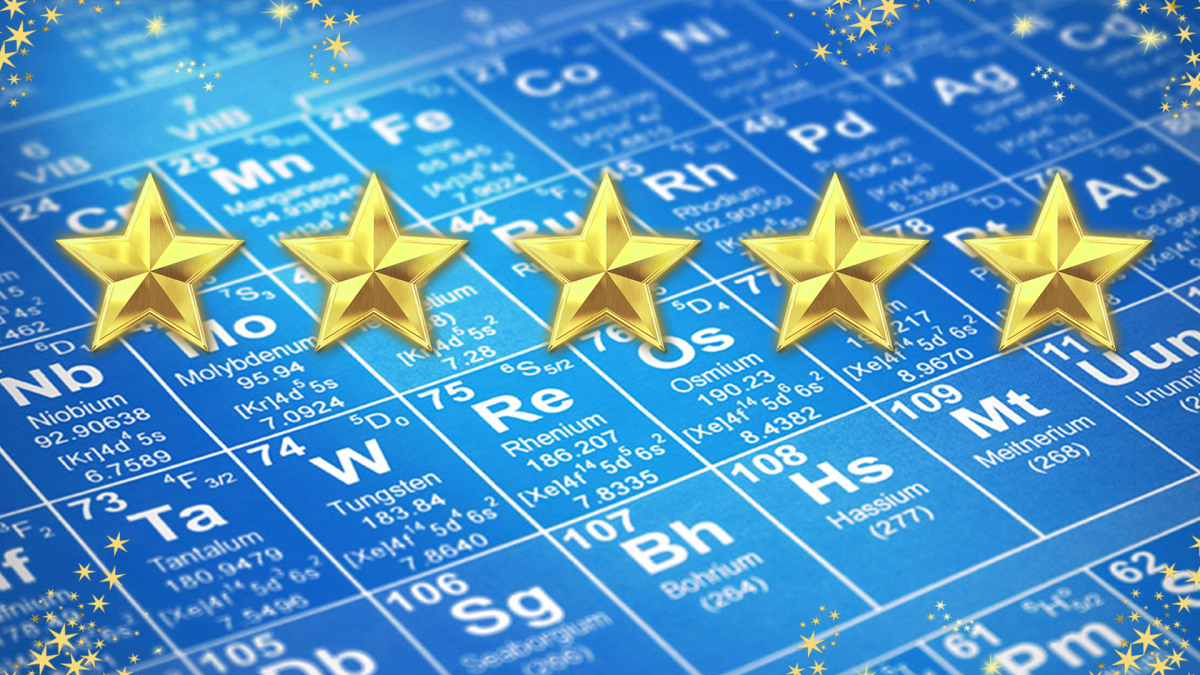
How Powerful are You? A Stair Climb Power Lab
by David Gleeson
Get the athletic shoes ready! Students calculate their own physical power output by walking, and then hustling/running, up a flight of stairs in this engaging lesson. The change in potential energy (changing height) is the work they do (fighting gravity) divided by the time it takes is their power output.
Lesson Plan Link/URL
https://docs.google.com/presentation/d/1Lp3kjwy1WSnA-6tinGfZI-Wpf-4HAzoaXanukrz…Subject Area
Science Physical Science P2: Objects at a Distance P3: Net Force P4: Energy Transfer Mathematics Expressions and Equations (EE) Algebra (A) Reasoning with Functions and Relations (RFR) English Language Arts (ELA) Writing Speaking & Listening
Featured
Off
Related Content

Grades:
9th Grade, 10th Grade, 11th Grade, 12th Grade
The first rule in the chemistry lab is “don’t eat or drink or lick anything in the lab”! This lesson breaks those rules and shows students how culinary is really a practical application of chemistry

Grades:
9th Grade
For hundreds of years, people have harnessed moving air (wind) to do work. The earliest forms of wind-powered machines were sailboats. Wind pushing against the sails of a boat provided the energy to

Grades:
9th Grade, 10th Grade, 11th Grade, 12th Grade
Students go to four different stations to observe how pressure, temperature, and volume interact to affect the behavior of gases. They will also utilize math skills for some of the stations in this